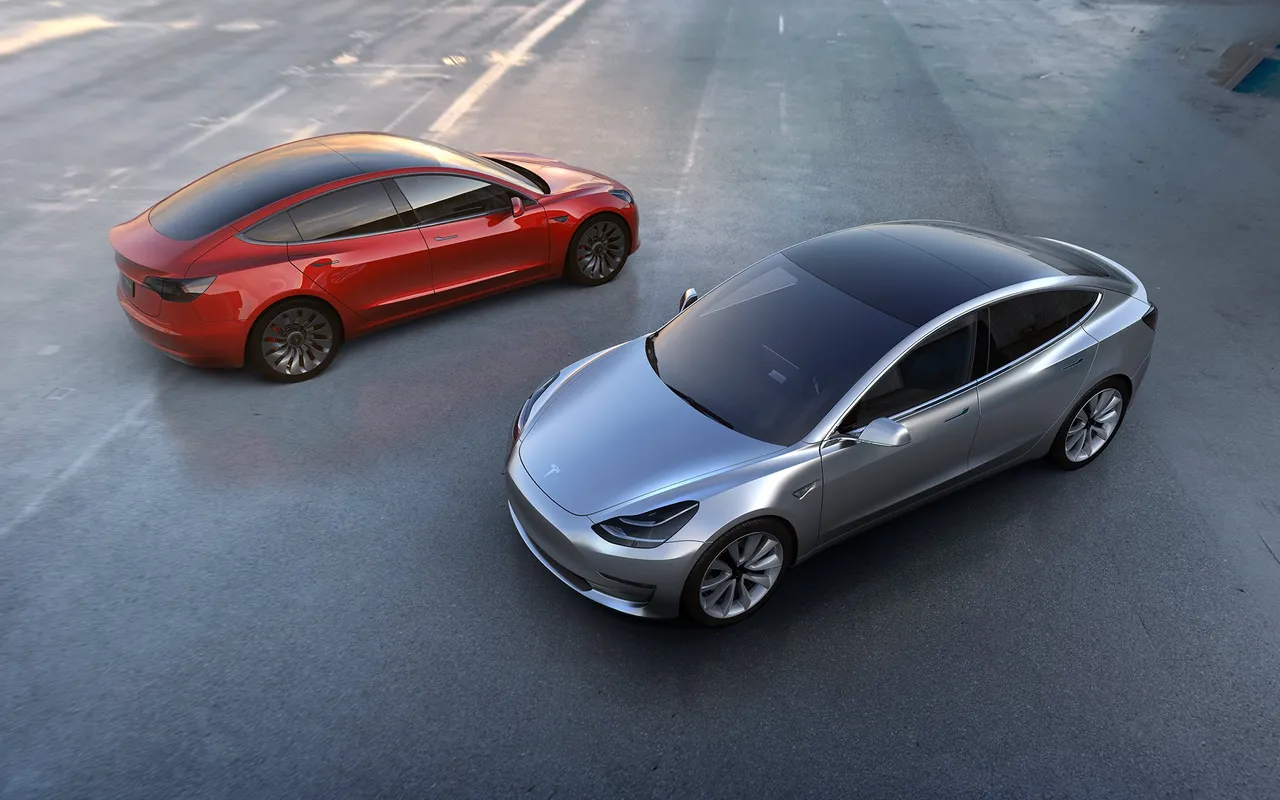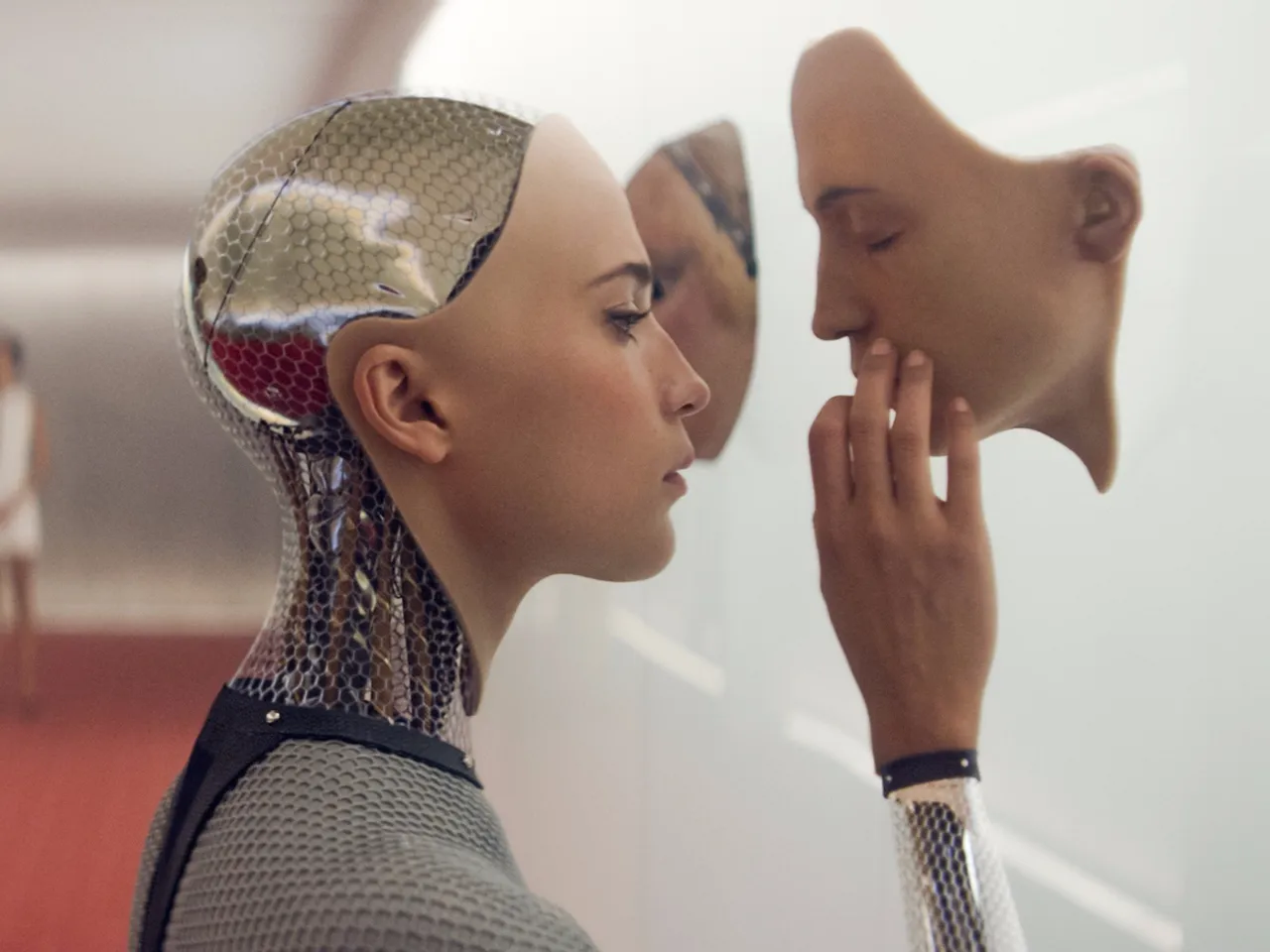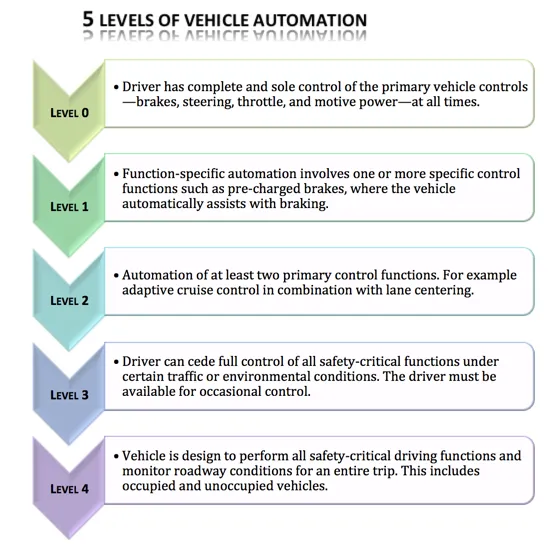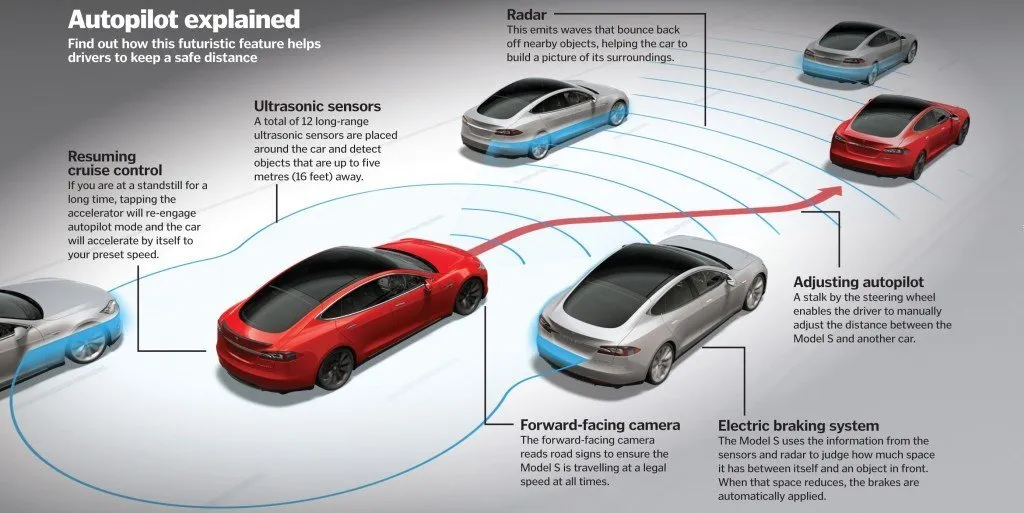
Note: I am quitting Wordpress, Medium and Facebook Notes. An early variation of this essay has been initially posted on Medium and Facebook Notes but I have now removed it. I have decided to move and continue to write all my essays on Steemit.
It was just another good evening and I was working on a project, putting together some very basic intro to AI for the next day. While doing some research, I have accidentally stumbled on some rather intriguing news, it was Musk again. He was saying that in about 2 years, you’ll be able to summon your car from across the country and it will find its way to you, automatically charging itself along the way.[1]
Now, take a deep breath and think about it for a second. If this will turn out to be true, then I think it will probably have some very interesting consequences. So much so, that when I first thought about it, my mind instantly stopped processing whatever I was doing before, and shifted into a very intense state of thinking about the matter at hand.
Although I thought I was pretty up to date on the subject, I was still somewhat surprised to read about something like this happening so soon. Nevertheless, I was very excited and posted the news on Facebook, sharing it with some of my friends.
Among the replies, two more intriguing came to my attention. First, one of my friends apparently didn’t understand the news, only to subsequently affirm his confidence, by proposing a bet on the premise that something like this would be out of the question by 2018. The other reply, came from another friend of mine, who just said that this sounded too good to be true, outlining some apparent obstacles, which, as I pointed out, Tesla was already addressing. Anyway, here is my attempt to seriously respond to their critique.

The Current State of AI
It seems human level Artificial Intelligence has always been 20 years in the future[2] and the field of AI has already had a number of winters[3]. But recently, something of a paradigm shift seems to have taken place in the form of machine learning. Indeed, the field has been gaining an enormous momentum, attracting an increasing amount of intellectual brainpower[4] [5].
You suddenly start hearing about Stephen Hawking devoting time to talk about the enormous potential of AI[6]. You hear Elon Musk repeatedly underscoring the potential benefits and threats AI could bring, donating millions toward research in the field, and subsequently, creating a non-profit along Peter Thiel and Sam Altman, to ensure the advancements in the filed will most likely benefit humanity[7].
You see top companies developing increasingly advanced forms of narrow AI[8] [9] [10] and investors backing the field growing every year[11]. You see brilliant young people attempting to build self-driving cars in their garage[12], while others set new years resolutions consisting of building simple AI (like Jarvis) to run their home and help them with work[13]. Well, that’s when you know it’s a great time to be alive today.

The Problem of Autonomy
As you may know, there are several critical aspects which need to be addressed, if one wants to offer a compelling solution for autonomous cars.
First of all, there’s the hardware problem. A good deal of cameras, radars and other kind of sensors need to be put in place in order to ensure an optimal awareness of the surroundings.
Secondly, there’s the software problem. Some form of narrow AI needs to be developed, which continually analyzes the received data and gradually learns to drive a car, until it finally drives orders of magnitude better than human drivers.
Thirdly, there’s the redundancy problem. In order to prevent accidents caused by a systemic failure(both hardware or software), several layers of redundancy need to be put in place.
Fourthly, there’s the data problem. After you have the hardware and software installed, you need staggering amounts of data, which have to be processed by the narrow AI, allowing it to learn how things should be done.
Last but not least, you have the nines of reliability problem. It may be that it is fairly easy to make a car 90% autonomous and reliable, but the hard part is going beyond the 90% and conquering the last 10% while facing the exponentially growing difficulty. Indeed, assuming you would reach a 99% reliability, how many decimal points would it take to say that a car is sufficiently reliable? 99,9%, 99,999%, or 99,999999%?
Well, I’m not sure, maybe an order of magnitude better than human drivers would be enough. Anyway, given that nearly 1.3 million people die in road crashes each year(on average 3,287 deaths a day) and an additional 20-50 million are injured or disabled[14], it seems there is a certain threshold at which this question will be switched to a different one, namely, how many more people have to die until we finally put the technology on the road?

Welcome to The Cutting Edge
Now, the tricky part is trying to determine where we are on the road to autonomy, and consequently, how long we think it might take until we can reach it.
In a recent interview, Musk said that 2 years ago, based on the level of technology we had, he thought it would take roughly 10 years until we could reach full autonomy. One year later, when he seriously re-examined the question, he concluded that we could now make it in roughly 5 years. A few months ago, he pondered about the same question again, and concluded that technology has so rapidly advanced, that full autonomy would be doable in roughly 2 years(24-36 months).
So one has to wonder, what is Musk talking about? Well, a few days ago, in a different interview, he gave some more details. He said that autonomy was essentially a solved problem, it’s just a matter of refining the details and bringing the technology to the market[15].
Although the autopilot feature was only enabled in October 2015, Tesla has begun installing the hardware for the autopilot ever since September 2014, allowing it to run in stealth mode in order to gather data and learn from human drivers. In addition to that, Musk mentioned that Tesla is already working on a new hardware suite which will later be installed and would most likely allow for full autonomy.
As software was another critical piece that had to be solved in order to move forward, Tesla has been developing a serious advantage in this field also. It is the first company to have brought a truly smart car to market, largely operated by software and allowing for over-the-air updates which literally make your car more intelligent by adding new functionality and features[16]. It is also the first to have brought to market a basic form of narrow AI, applied to a huge fleet of cars, enabling them to learn and communicate in real time. We know Tesla has a good number of brilliant engineers working on hard technical problems, but in order to speed up the transition toward autonomy, Musk has been recruiting more highly technical engineers from around the world especially for this task, and has been putting them in a team directly responsible to him so he can oversee everything[17].
To put Tesla’s current data position in perspective, consider that Google has 50-70 cars[18] [19] participating in its self-driving car project, and has until now test driven ~1,500,000 mi[20]. By contrast, Tesla has produced more than an order of magnitude as many cars per week in 2015, and will continue to produce more than two orders of magnitude as many cars on monthly basis in 2016, each of them having the autopilot and latest fleet learning update installed. To make the contrast even sharper, consider that Tesla now gathers 3 million miles (5 million km) per day[21]. Needless to say that this number will roughly double by the end of 2016.
Once you really understand what it means to apply a narrow form of AI to a fleet of roughly 50,000 cars which is expanding by ~4% each week, translating to 3 million miles (5 million km) of data growing by ~4% per week, well, you begin to get a sense of what Musk is talking about.
The Future is Almost Here
It seems to me that after a careful evaluation, one can reasonably assume that Tesla is at least until now the leader in autonomous cars. Although further refining and integration of the technology is still needed, presumably no significant breakthroughs need to happen in order for fully autonomous cars to be possible. Indeed, if one considers the current state of hardware technology, the current state of software technology(and narrow AI) and Tesla’s progress on the problem of autonomy, I think one can safely conclude that Musk’s remarks are not so exaggerated as they first seem, but rather reasonable, albeit slightly optimistic.
In fact, if there is one qualified enough, one who has the necessary resources to tackle such problems and prove them solvable, then there’s this guy, Elon Musk, along with his teams of world class engineers.
Coming back to my two friends, they must have had some very serious immovable obstacles in mind, otherwise I’m not sure why they would so easily dismiss Musk’s claims.
As they say, one does not simply walk into Mordor. Well, similarly, one does not simply dismiss Elon Musk.[22]
Since I know they’re no Luddites, and they’ll be at least as excited as I am when autonomous cars finally arrive, I’m quite curious to hear their position.
In the meantime, here’s mine: I think autonomous cars will be here sooner than most people realize. In fact, I’m fairly confident and would assign a probability of ~85% that this will likely be the case by 2020. I’m even willing to make a bet on this, with both of my friends, that is, if in light of the new evidence, they have not changed their minds already.
References
[15] - Musk mentions this in the interview at minute 12:00: 
[22] - At least not in the field he is working on, obsessing about, and investing his time and energy to revolutionize.
Photo credit 1: hhttps://www.tesla.com/presskit
Photo credit 2: 
Photo credit 3: 
Photo credit 4: 